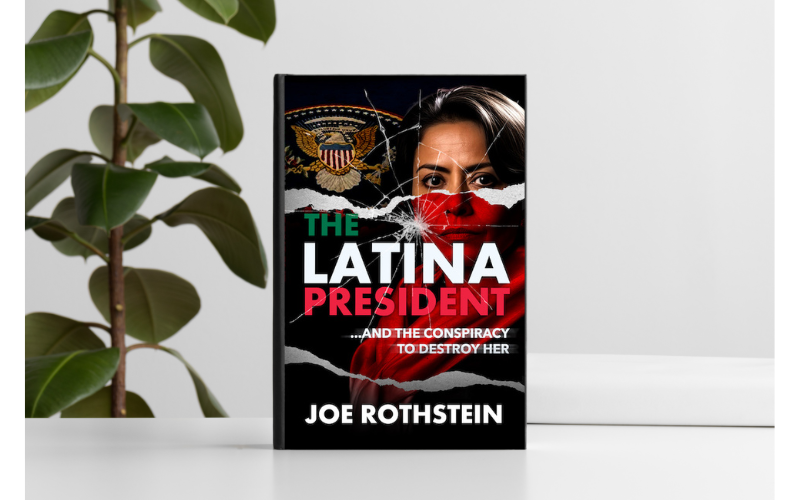The Latina President: A Bestseller Amidst Self-Publishing Revolution
A few days ago my novel, The Latina President, became the #2 best seller on Amazon Kindle’s list of political thrillers. It might have received some unexpected help to get there. On the same day The Latina President reached the top of the charts, the world’s headlines reported that a real-life Latina had been elected president of Mexico.
The Amazon best seller list changes quickly with reader interests. Nevertheless, I was really pumped to be there for a few days. I published The Latina President in 2016. In the book world of not so long ago, before self-publishing became logistically doable for people like me, The Latina President (and my other two novels in the trilogy) long since would have been cleared off book shelves and become what the trade refers to as “back-listed,” that is, no longer in the marketplace.
The Changing Landscape of Book Publishing
That was when the new book market was controlled by a few major players. Simon & Schuster, Random House, Knopf, and others. Authors got nowhere without an agent and a green light from the in-house publishing gatekeepers. And when they did, authors received only a small fraction of the revenue their books earned.
With the Internet, a parallel ecosystem has been created, one that gives authors the opportunity to move directly from manuscript to market. As an author, I can economically hire my own editor, book cover artist, interior page designer, rights negotiator, publicist and others in the publishing chain. Essentially, I can be my own publisher.
The Benefits and Flexibility of Self-Publish
Or, if I find that too cumbersome, I can opt for “hybrid” publishing, where I hire a contractor to do all that for me. Self-publishing has become a robust industry, with a wide range of price points, accessible to authors with limited budgets, and books available inexpensively to readers with limited resources. Self-publishing also allows authors to keep the majority of the revenue from their creative works.
The Resilience of the Book Industry
There’s much discussion within the legacy industry that book publishing is withering away. Hardly. The number of books published (more than two million last year), the number of authors writing them, and the range of formats for reading them are all higher than ever.
For the past dozen years gross new book sales from major U.S. publishers has been steady at about $30 billion a year, give or take a few billion. After being hit hard by the emergence of large chain book stores like Barnes and Noble, Internet competition from Amazon and total shutdown from Covid, independent bookstores are making a comeback. More than 200 new independent bookstores joined the American Booksellers Association last year.
The often overlooked used book industry tops $25 billion a year. In addition to Amazon and other book chains and bookstores, it’s easy now to buy books at big box stores like Costco, department stores, from individual author web sites, from hundreds of small specialty publishers, and a multitude of university press catalogs.
Libraries and the Digital Age
Politics is stressing librarians these days, but in many communities public libraries are having something of a renaissance, offering not just printed books, but e-books, audio books and millions of choices from Overdrive, the principal library catalog distributor.
All of this may seem remarkable given the variety available from hundreds of broadcast and cable channels and streaming services offering virtually every feature film, art film and documentary ever produced.
Despite the competition, books are still with us, in demand and thriving. Books have had a pretty good run since Guttenberg. Don’t expect that run to end anytime soon.
Comments? Criticism? Contact Joe Rothstein at jrothstein@rothstein.net



What happens when a fun-loving, charismatic, reform-minded Mexican-American billionairess becomes president of the United States and strikes fear in the pocketbooks of a cabal of the rich and powerful?